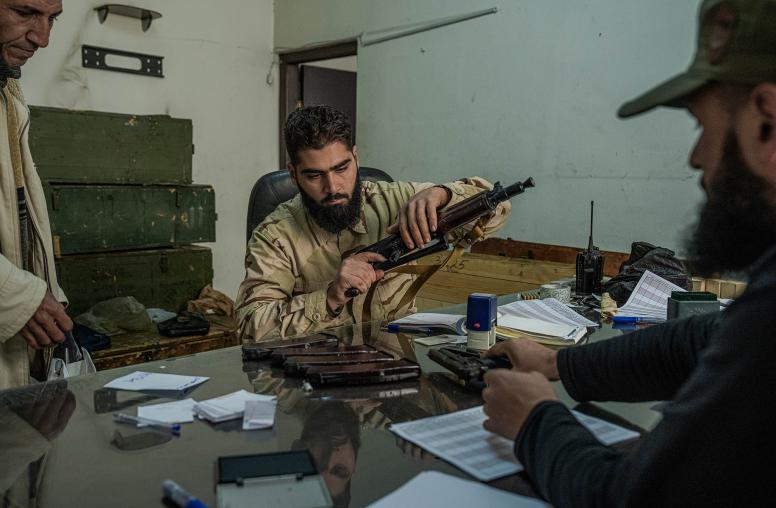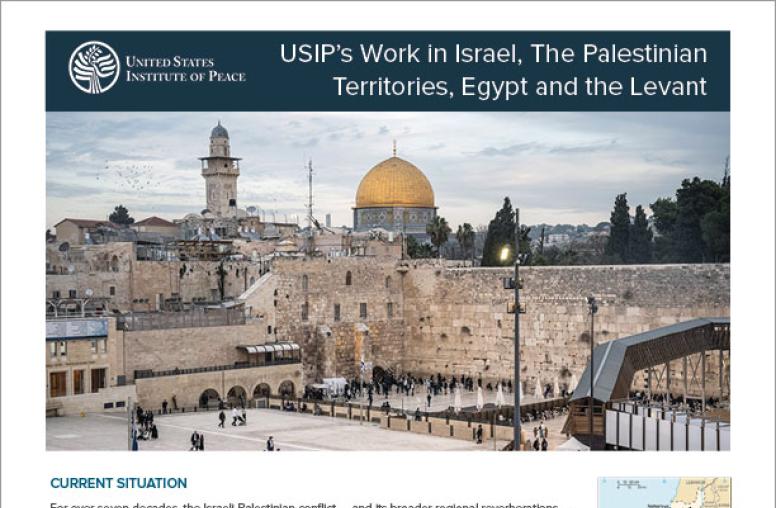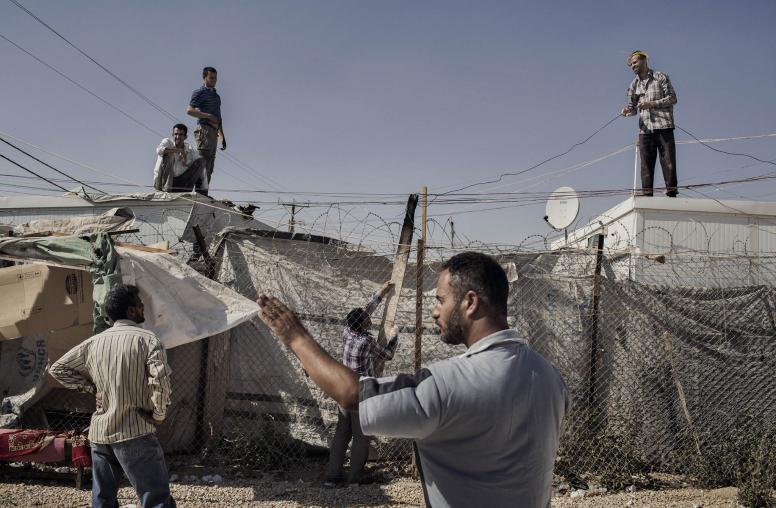Children Are Neglected Victims of Syria’s War
A political solution to the conflict remains distant, but humanitarian interventions to help Syrian children must be prioritized today.
As the war in Syria enters its tenth year, the conflict’s disproportionate toll on children underscores the generational challenge that lies ahead. An enduring political solution to the conflict remains a distant prospect, but humanitarian interventions to assuage Syrian children’s suffering must be prioritized today. An end to the fighting would be the most impactful development, but in the interim, intensifying efforts to address trauma, diminish early marriage and child labor, and rejuvenate education can help relieve some of the pain and begin to rescue the generation that holds Syria’s future.

Children have suffered in countless ways over the duration of the war: They have endured physical harm as well as borne the hidden wounds of psychological trauma. They have been victims of sexual violence. Children have been recruited and used in violence by all sides in the conflict, and have been held in detention, according to a January 2020 U.N. report. Across Syria, 500,000 children are chronically malnourished.
Whether inside Syria or outside the country as refugees, children have lost family members and friends, their homes and schools. In many instances they were forced to flee their homes, often multiple times, to escape violence. In other cases, they were compelled to go to Syria with parents answering the siren call of ISIS’ so-called caliphate. Some children were born into the caliphate, knowing only ISIS’s chaotic and horror-filled reality when the group occupied nearly one-third of Syria.
The recent carnage in Syria’s Idlib province underscores the extreme cost borne by Syrian children in the conflict. The Assad regime’s offensive—backed by Russia and Iran—sparked the single greatest episode of displacement since the start of the war nearly a decade ago. Children comprise 60 percent of the 961,000 people who have been on the move seeking safety from the regime’s onslaught since December 1, 2019. At one point the United Nations estimated that 6,500 children were being displaced daily. Displaced in the throes of winter, children have died from exposure. In late February the Syrian American Medical Society (SAMS) estimated that the number of children treated in one of its Idlib-based clinics had tripled.
Children who lived under ISIS occupation have both witnessed and been victims of unspeakable atrocities. Girls as young as nine were exploited as sex slaves; young boys have been forced to carry out acts of extreme violence including executions. Many of these children now live in displacement camps in northeast Syria under Kurdish control; two-thirds of the al-Hol camp’s population of 66,000 are children, with a large percentage hailing from more than 60 countries including neighboring Iraq. These children are in dire need of psycho-social interventions to address the trauma they have suffered.
For more on the impact of Syria’s conflict on its children, you can read the rest of this article on Al Arabiya, where it was originally published.


